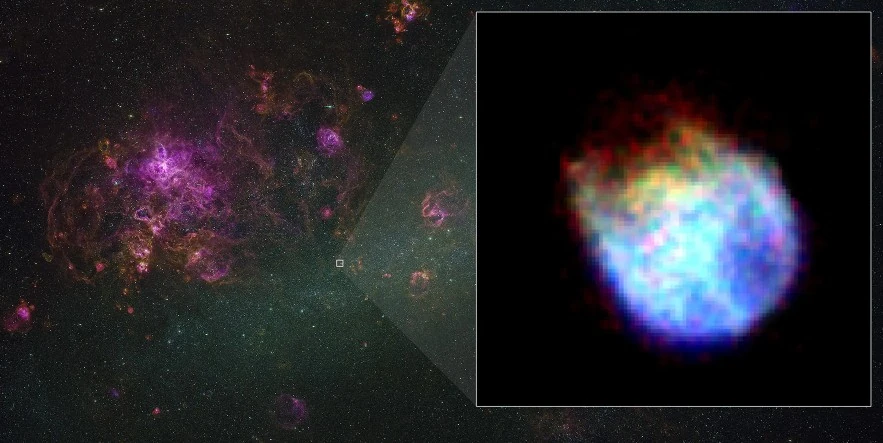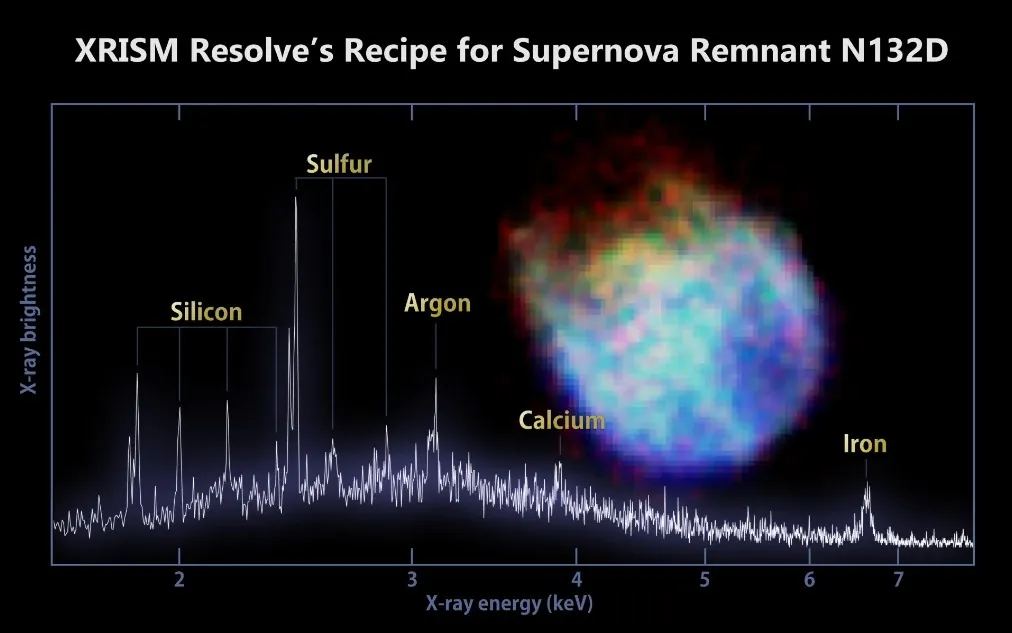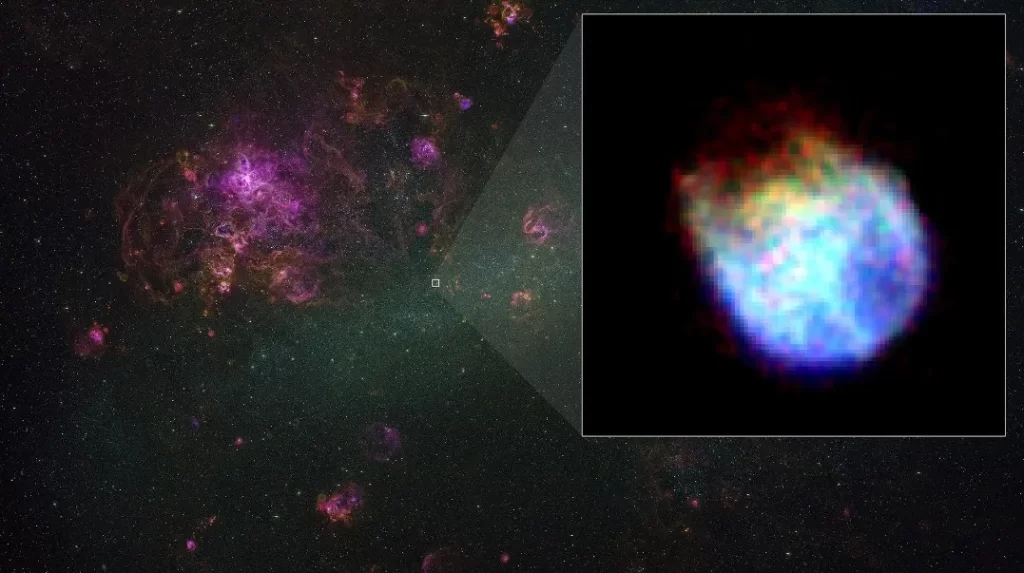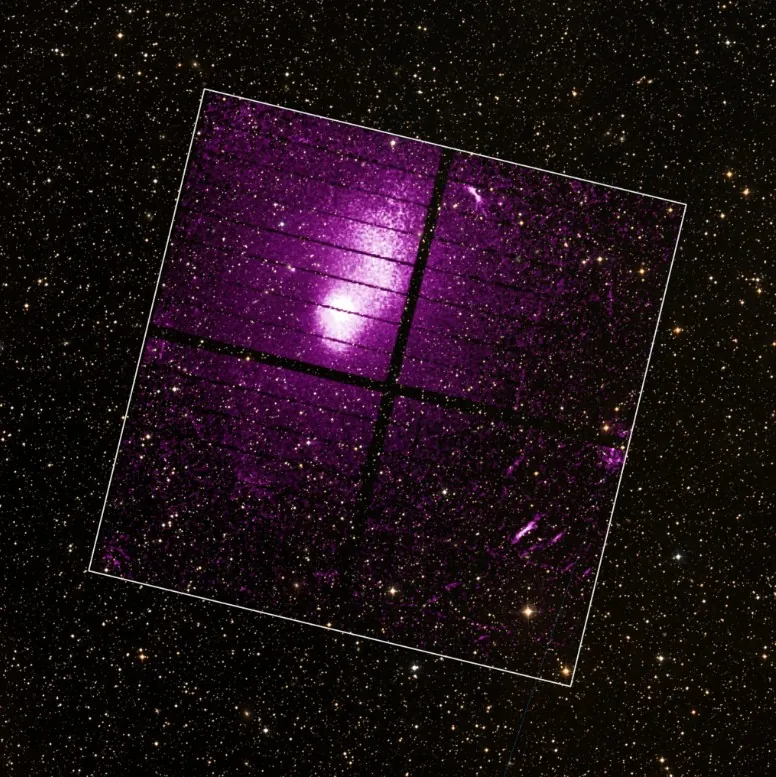First images from XRISM show detailed chemical maps of distant galaxies, paving a new path in X-ray astronomy

The XRISM (X-ray Imaging and Spectroscopy Mission), a Japan-led observatory with collaboration from NASA and ESA, has released its first look at the detailed X-ray universe, showcasing unprecedented data collection capabilities ahead of its full science operations later this year.
The XRISM observatory, a trailblazing mission in X-ray astronomy, has provided the scientific community with its first captivating snapshot of the X-ray cosmos. The mission, spearheaded by the Japan Aerospace Exploration Agency (JAXA) in collaboration with NASA and the European Space Agency (ESA), aims to deliver an unparalleled understanding of the universe’s hottest regions, largest structures, and objects with the strongest gravity.
Richard Kelley, the U.S. principal investigator for XRISM at NASA’s Goddard Space Flight Center, highlighted the mission’s promise to uncover hidden aspects of the X-ray sky.
“We’ll not only see X-ray images of these sources, but also study their compositions, motions, and physical states,” Kelley stated. This innovative approach will allow scientists to study the universe in ways previously impossible.



The mission’s two instruments, Resolve and Xtend, are set to revolutionize X-ray astronomy. Resolve, a microcalorimeter spectrometer developed by NASA and JAXA, operates at just a fraction of a degree above absolute zero. When an X-ray strikes its detector, the instrument can precisely measure its energy, revealing unprecedented information about its source. The mission team recently used Resolve to study N132D, a supernova remnant in the Large Magellanic Cloud, obtaining the most detailed X-ray spectrum of the object ever captured.
Xtend, the mission’s second instrument, is an X-ray imager that provides XRISM with a broad field of view, about 60% larger than the average apparent size of the full moon. An early capture by Xtend of Abell 2319, a galaxy cluster undergoing a major merger event, demonstrates the instrument’s capability to observe expansive celestial phenomena.
The XRISM team is already witnessing the mission’s success, with Resolve exceeding its spectral resolution goal, now achieving 5 electron volts compared to the planned 7. This means XRISM will provide even more intricate chemical maps of celestial objects. However, the mission faces challenges with Resolve’s aperture door, which has not opened as planned, restricting the mission’s lower-energy X-ray detection. The team is actively investigating solutions, with the Xtend instrument remaining unaffected.
As XRISM continues its commissioning process and prepares for its full science operations, the global scientific community eagerly anticipates the wealth of data and discoveries it will bring. The mission is a testament to international collaboration in space exploration, combining the expertise and resources of JAXA, NASA, ESA, and the Canadian Space Agency.
With XRISM, astronomers are on the cusp of a new era in understanding the dynamic and often hidden universe in which we live.
References:
1 NASA/JAXA XRISM Mission Reveals Its First Look at X-ray Cosmos – NASA Science – January 5, 2024
Featured image credit: Inset, JAXA/NASA/XRISM Xtend; background, C. Smith, S. Points, the MCELS Team and NOIRLab/NSF/AURA

Commenting rules and guidelines
We value the thoughts and opinions of our readers and welcome healthy discussions on our website. In order to maintain a respectful and positive community, we ask that all commenters follow these rules.